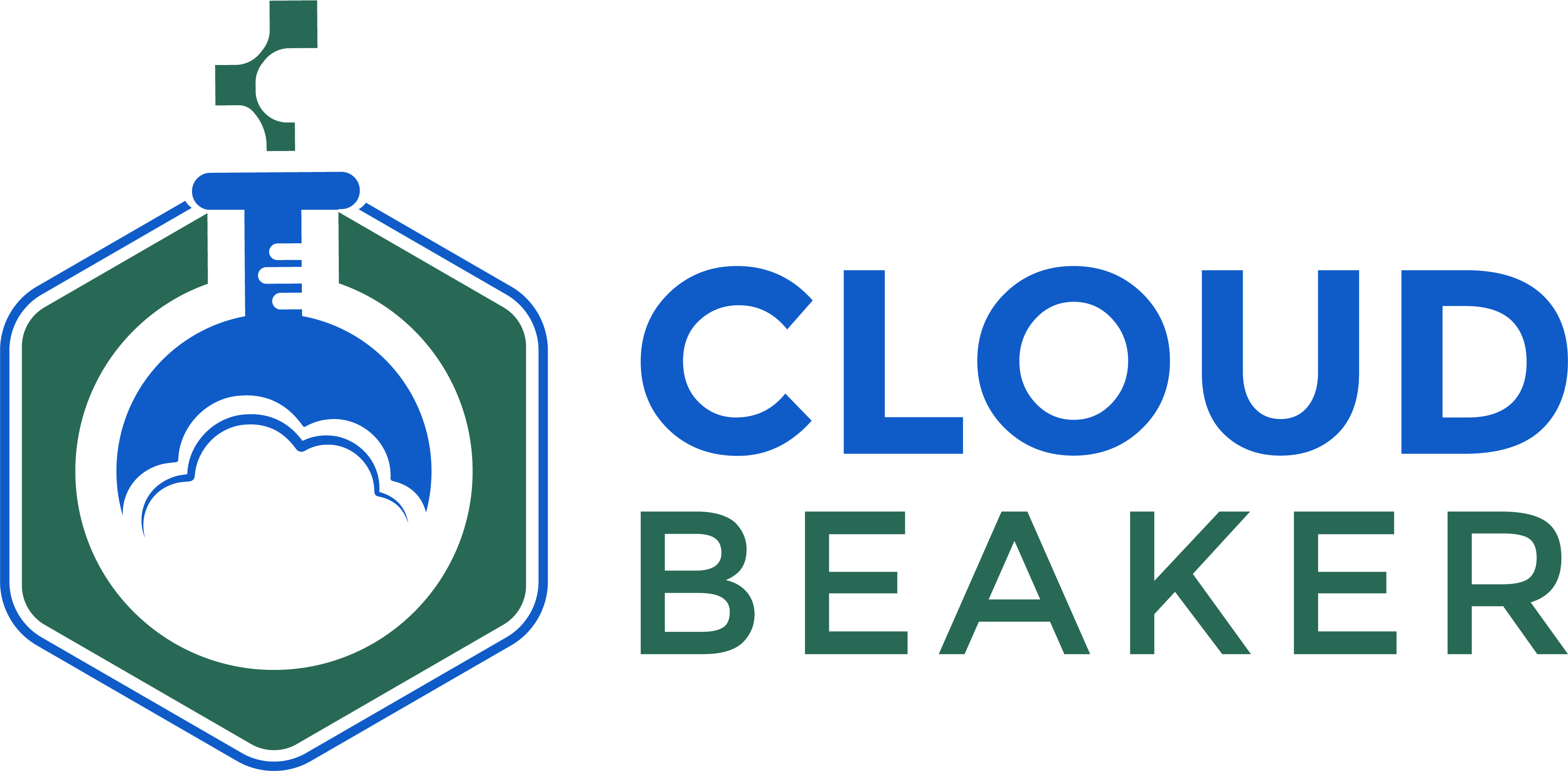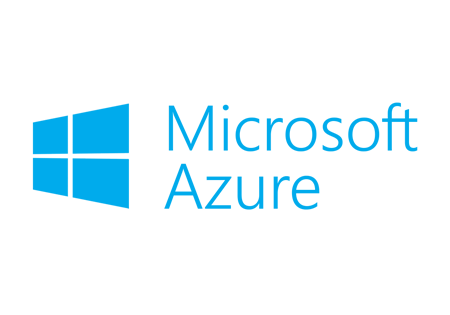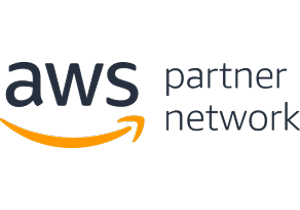Heading Sub Title
GCP/Azure - Distributed Cloud Workloads, PaaS and Data Integration.
Back

Welcome to the world of Multi-Cloud! As businesses move towards digital transformation, cloud computing has become a crucial part of their strategy. But with so many cloud providers out there, how do you choose just one? That’s where Multi-Cloud comes in – using multiple cloud platforms like Google Cloud and Microsoft Azure to create a dynamic duo that can handle any workload. In this blog post, we’ll explore the benefits of using multiple cloud providers for your business and showcase real-life case studies that demonstrate the power of Multi-Cloud. From distributed workloads to data integration and PaaS architectures, join us on this journey as we uncover the secrets to achieving business continuity and high availability in today’s ever-evolving digital landscape.
What is the Multi-Cloud?
Multi-Cloud is a strategy that involves using multiple cloud platforms from different providers to meet the unique needs of your business. The idea behind this approach is that you can achieve better results by combining the strengths of each platform and avoiding any potential weaknesses they may have.
With Multi-Cloud, businesses can distribute their workloads across multiple clouds in order to leverage the benefits of each provider’s infrastructure. This allows for greater flexibility, cost savings, and improved performance – all while reducing risk.
One key advantage of Multi-Cloud is its ability to provide high availability and business continuity. By distributing workloads across multiple clouds, businesses can avoid downtime due to outages or other issues with a single cloud provider. Additionally, data integration becomes easier when different clouds are used together.
To make Multi-Cloud work well for your organization requires careful planning and management. You need an understanding of how each platform works together as well as expertise in Cloud interconnects and Edge routing technologies to optimize workload distribution.
Multi-Cloud offers many benefits that make it a powerful tool for modern businesses striving towards digital transformation.
Google Cloud Platform and Microsoft Azure
Google Cloud Platform (GCP) and Microsoft Azure are two of the most popular cloud providers in the market today, offering a wide range of cloud services to businesses of all sizes. Both platforms have their unique strengths and features that make them ideal for different use cases and scenarios.
GCP is known for its powerful data analytics capabilities and machine learning tools, making it an excellent choice for businesses looking to leverage big data. On the other hand, Azure is known for its strong integration with Microsoft’s enterprise software suite, such as Office 365 and Dynamics 365.
One significant advantage of using both GCP and Azure together is increased flexibility in workload management. Businesses can distribute workloads between the two platforms based on their specific needs, ensuring efficient resource allocation across multiple clouds.
Furthermore, using a multi-cloud approach also provides improved business continuity by reducing reliance on a single platform. In case one platform experiences an outage or downtime event, businesses can switch over to another provider seamlessly without any disruption to operations.
Combining GCP and Azure offers several benefits that enable organizations to achieve high availability while leveraging advanced cloud technologies like edge routing and distributed cloud workloads.
The Advantages of Using Multiple Cloud Providers
Using multiple cloud providers can offer numerous benefits to businesses, including better flexibility and cost-effectiveness. By leveraging the strengths of different clouds, companies can optimize their workflows and improve business continuity.
One major advantage of using multiple cloud providers is distributed cloud workloads. This allows businesses to distribute their workloads across a variety of clouds, improving performance and reducing latency. It also helps ensure that if one provider experiences an outage or other issue, the workload can be shifted seamlessly to another provider.
Another benefit is data integration. Multiple cloud providers allow for seamless integration between different systems through APIs and other tools. This enables businesses to easily move data between different clouds while maintaining security and compliance standards.
Cloud interconnect and edge routing are also made possible by using multiple cloud providers. These technologies help reduce network latency by directing traffic along the most direct route possible.
Using multiple cloud providers offers improved high availability as well as disaster recovery capabilities. By distributing resources across several clouds instead of relying on a single provider, businesses can maintain uptime even in the event of an unexpected outage or natural disaster.
There are many advantages to adopting a multi-cloud approach for your business needs.
Distributed Cloud Workloads
Distributed Cloud Workloads are a popular solution for businesses looking to optimize their cloud infrastructure. This approach involves distributing workloads across multiple public and private clouds, providing greater flexibility and resilience than relying on a single provider.
One of the key benefits of distributed cloud workloads is improved business continuity. By spreading workloads across multiple clouds, organizations can ensure that critical applications and services remain available in the event of an outage or other disruption.
In addition to enhancing resilience, distributed cloud workloads can also improve performance by leveraging edge routing capabilities. By routing traffic through geographically dispersed data centers, businesses can reduce latency and improve response times for end users around the world.
However, implementing distributed cloud workloads requires careful planning and management to avoid potential challenges such as increased complexity and security risks. Organizations must thoroughly evaluate their requirements before selecting providers and designing architectures that will support their needs over time.
Data Integration and PaaS Architectures
Data integration plays a crucial role in multi-cloud strategies, especially when it comes to Platform-as-a-Service (PaaS) architectures. PaaS allows developers and businesses to build and deploy applications on cloud platforms without worrying about the underlying infrastructure.
However, many times data is scattered across different clouds or even on-premises systems, making it difficult for PaaS solutions to access them seamlessly. This is where data integration comes into play.
By integrating data from various sources, businesses can create a unified view of their information that can be consumed by PaaS solutions irrespective of where the data resides. For instance, if an application deployed on Google Cloud Platform needs customer information stored in Microsoft Azure, efficient data integration ensures seamless access to the required information.
Moreover, with distributed cloud workloads becoming more common than ever before, having an efficient and reliable way of exchanging data between different cloud environments has become imperative. By leveraging cloud interconnect and edge routing services provided by major cloud providers like Google Cloud Platform and Microsoft Azure, organizations can ensure high availability of critical business applications while maintaining strict security standards for their sensitive datasets.
Effective data integration combined with robust PaaS architectures forms the backbone of multi-cloud strategies enabling businesses to maximize their agility while ensuring continuity through enhanced business resiliency measures such as high availability and disaster recovery capabilities.
Case Studies
Case studies are a great way to understand how multi-cloud strategies are applied in real-world scenarios. They provide valuable insights into the challenges that businesses face when implementing multi-cloud solutions and how they overcome them.
One case study involves a large e-commerce company that decided to use both Google Cloud Platform and Microsoft Azure for their cloud needs. They did this to ensure high availability, business continuity, and disaster recovery capabilities across multiple regions. By using multiple cloud providers, they were able to avoid vendor lock-in and reduce their dependency on any single provider.
Another example is a financial institution that used distributed cloud workloads to improve their data processing capabilities. They used edge routing technology to distribute their applications across different cloud providers based on workload requirements. This allowed them to optimize performance, reduce latency, and lower costs by choosing the most cost-effective provider for each workload.
These case studies demonstrate how multi-cloud strategies can be customized according to specific business needs and objectives. With proper planning and execution, organizations can achieve greater flexibility, scalability, security, resilience while avoiding vendor lock-in limitations associated with any single one-size-fits-all solution.
Conclusions
As we’ve seen, the multi-cloud approach using Google Cloud Platform and Microsoft Azure can provide numerous advantages for businesses looking to optimize their cloud computing strategy. By integrating these two platforms, companies can distribute workloads, improve data integration, and enhance business continuity with high availability.
Additionally, the dynamic duo of Google Cloud Platform and Microsoft Azure offers a flexible solution that can adapt to changing business needs. Whether you’re dealing with increased traffic or need to expand your operations globally, this multi-cloud approach has got you covered.
At the end of the day, it’s clear that the benefits of implementing multiple cloud providers outweigh any potential challenges. With edge routing capabilities and distributed cloud workloads becoming increasingly important in today’s technological landscape, businesses will need to embrace a multi-cloud strategy if they want to stay ahead of the curve.
So why not take advantage of what both Google Cloud Platform and Microsoft Azure have to offer? By utilizing their unique strengths together as part of a comprehensive multi-cloud solution, you’ll be able to achieve greater efficiency while reducing costs – all without sacrificing performance or security!






